Danske Shoppingcentre: Microsoft Fabric behind the future shopping experience
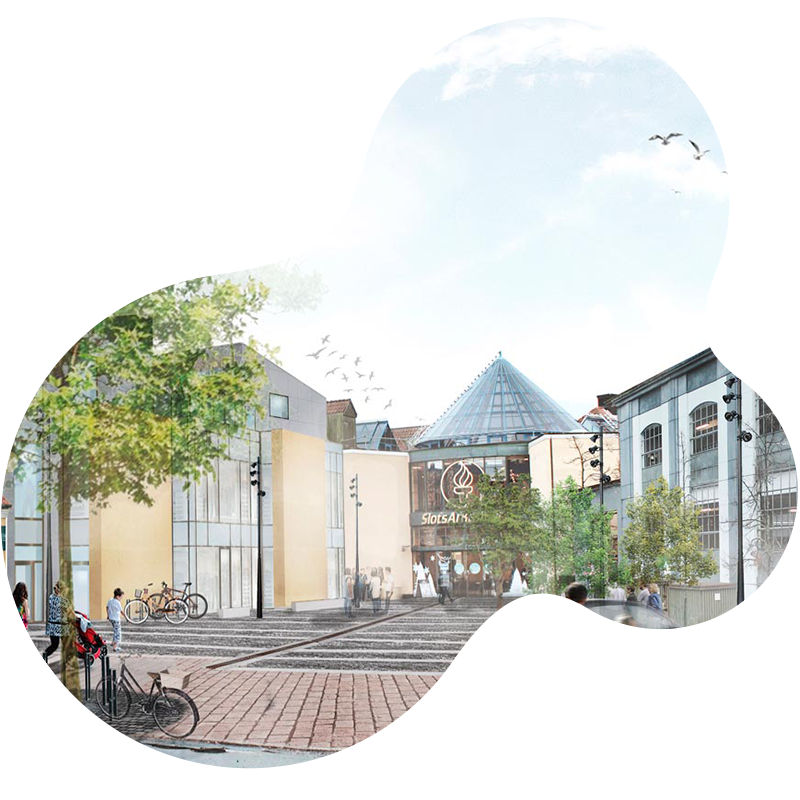
Danske Shoppingcentre (DSC) operates a total of 830,000 m² across 16 shopping centers. Anonymised data from 74 million annual visitors and 25+ data sources is now being modeled in a new Microsoft Fabric platform - a paradigm shift in the data-driven way of thinking about and managing shopping centers.
Millions of guests visit DSC's 16 shopping centers each year. To provide the best possible experience, attract more customers, extend their time in the stores, and ultimately increase revenue, DSC relies on an innovative digital strategy powered by data, advanced BI analytics, and AI.
Data is the fuel, and the data platform is the tuned engine. That is the theme of this case.
From simple shopping centers
to data-driven experience hubs
Shopping today is more than just buying goods - it's an experience.
DSC knows this and has the ambition to create the marketplace of the future. DSC, owned by ATP Ejendomme and Danica Ejendomme, has leveraged this ambition to create the best possible combined customer experience, supported by data. This not only strengthens the reputation of the shopping centers among visitors but also helps build a strong employer brand for current employees and future (tech) talents, as DSC uses innovative technology to achieve its goals.
From a technical perspective, however, the ambitions did not align with the limited IT and data setup, where DSC’s integration and data platform were combined into one somewhat muddled and rather constrained solution - an integration platform with an SQL database as a sidecar, as they called it.
Data came from 25-30 different sources without a unified structure. Data from critical sources such as customer counters and financial systems was difficult to access. The abundance of Power BI dashboards and reports, created for specific niche projects, resulted in redundancy and inefficient workflows. Predictive models and advanced analytics were not possible. Data was not fully utilised.
The solution was to scrap the existing setup and start from scratch - with Microsoft Fabric. And with Inspari as a partner.
Inspari has been an important partner, especially when we were without a dedicated BI team. They provided skilled professionals who kept the department running for seven months. That was crucial to the success of the project.
Microsoft Fabric:
The platform of possibilities
Following a preliminary analysis by Inspari, Microsoft Fabric was chosen as a ‘platform of possibilities’ for DSC. In a close co-creation process and aligned with DSC’s internal strategy, Microsoft Fabric is now being tailored to fit DSC’s needs.
A fresh start with clean interfaces, greater transparency, enhanced security, and self-service capabilities within the organisation. An enablement of the future.
Fabric’s modern lakehouse architecture combines the benefits of a data lake and a data warehouse into a single solution. It eliminates data duplication and ensures that data is always consistent and processed uniformly across sources, even when using cubes and other transformations.
Fabric is designed to handle both current data sources and future additions, such as ESG data, weather data, apps, video analysis, and real-time feeds - not to mention the growing use of artificial intelligence. DSC has an ambitious roadmap and won’t be slowing down anytime soon.
Fabric is not just a technical solution. It is a mindset that enables us to consolidate and benchmark data and drive innovation across the entire organisation.
Granular data creates
innovation and experiences
DSC works both strategically and practically to meet guests' needs - even before they arise.
It is about knowing what consumers want, analysing trends and tendencies, and shaping the centres so they remain relevant and invite consumers to shop, relax, and enjoy exciting experiences.
Anonymised data from sources like customer counters and video, among others, is collected and modelled in Fabric, making it possible to analyse demographics, customer types, movement patterns, and residence times in the centres. The anonymous data is used to enhance the experiences and opportunities for both customers and stores.
All decisions and discussions can thus be based on data and on the actual behaviour of customers - before, during, and after their visit to one of the 16 shopping centres.
Inspari has played a crucial role in ensuring a successful transition to Microsoft Fabric. They are kind and skilled people and have almost become our colleagues.
Effeciencies, overview
and enhanced competitiveness
Across 16 shopping centres, DSC's management can now gain a complete overview and make quicker, more informed decisions with access to real-time data and predictive analyses.
At the same time, DSC can save significant resources by eliminating redundant, manual processes and reallocate them to more strategic tasks.
The rapid data processing in Fabric enables DSC to compete with e-commerce and other experience destinations by optimising the customer experience, maximising the value per square meter, and simultaneously creating a solid foundation for future AI and machine learning initiatives such as prescriptive analytics and automated recommendations.
Curious about how DSC initiated the Fabric process?
Just ask Inspari
Whether you have questions or are ready for a meeting about Microsoft Fabric, feel free to contact us.
As Microsoft’s Data Platform Partner of the Year 2024, we have plenty of experience with Fabric, and we’re happy to share it with you.
Simply fill out the form, and we’ll get in touch as soon as possible to schedule a convenient time.
Want more Fabric? Lucky you!
Here you will find unlimited Fabric inspiration! If you have any Fabric-related questions, our experts are ready to assist you.
Efter milliardfusion: Microsoft Fabric og Power BI sikrer indsigt i kritiske forretningsdata i EIFO
Case
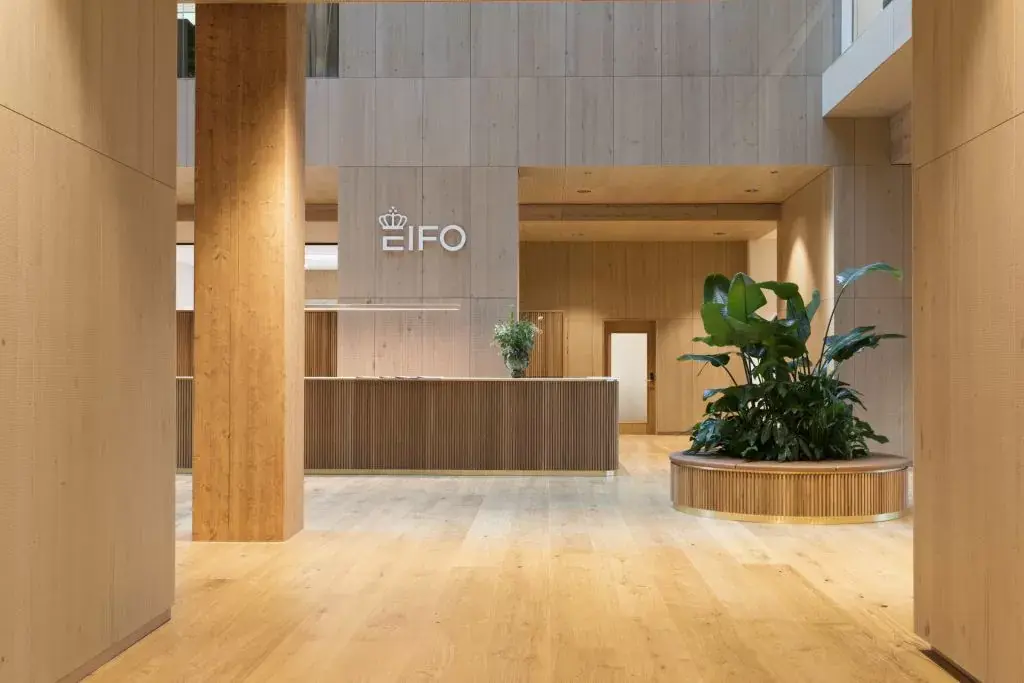
Webinar on-demand - Data-demokratisering igennem Data Governance
Webinar on-demand
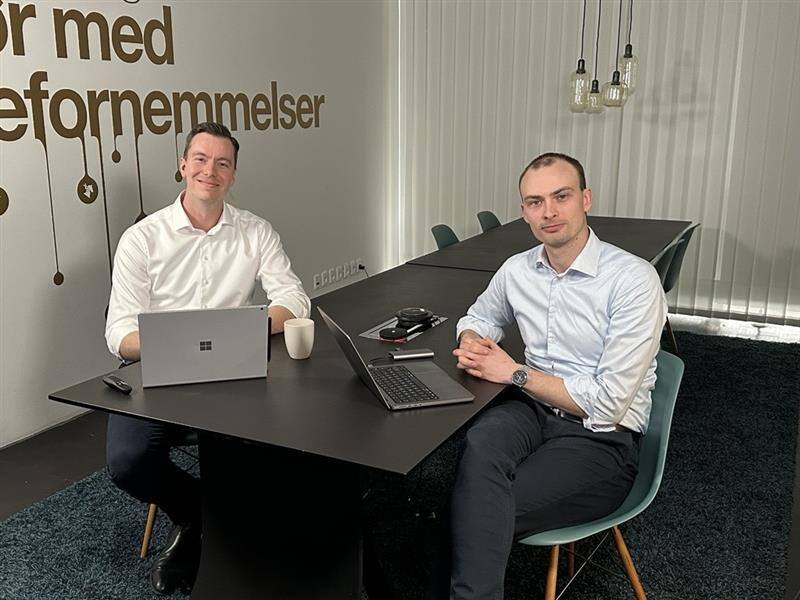
Kickstart jeres Microsoft Fabric-rejse med en struktureret Playbook
Webinar on-demand
.jpg)
Webinar on-demand - De vigtigste takeaways fra #FabConEurope 2025
Webinar on-demand
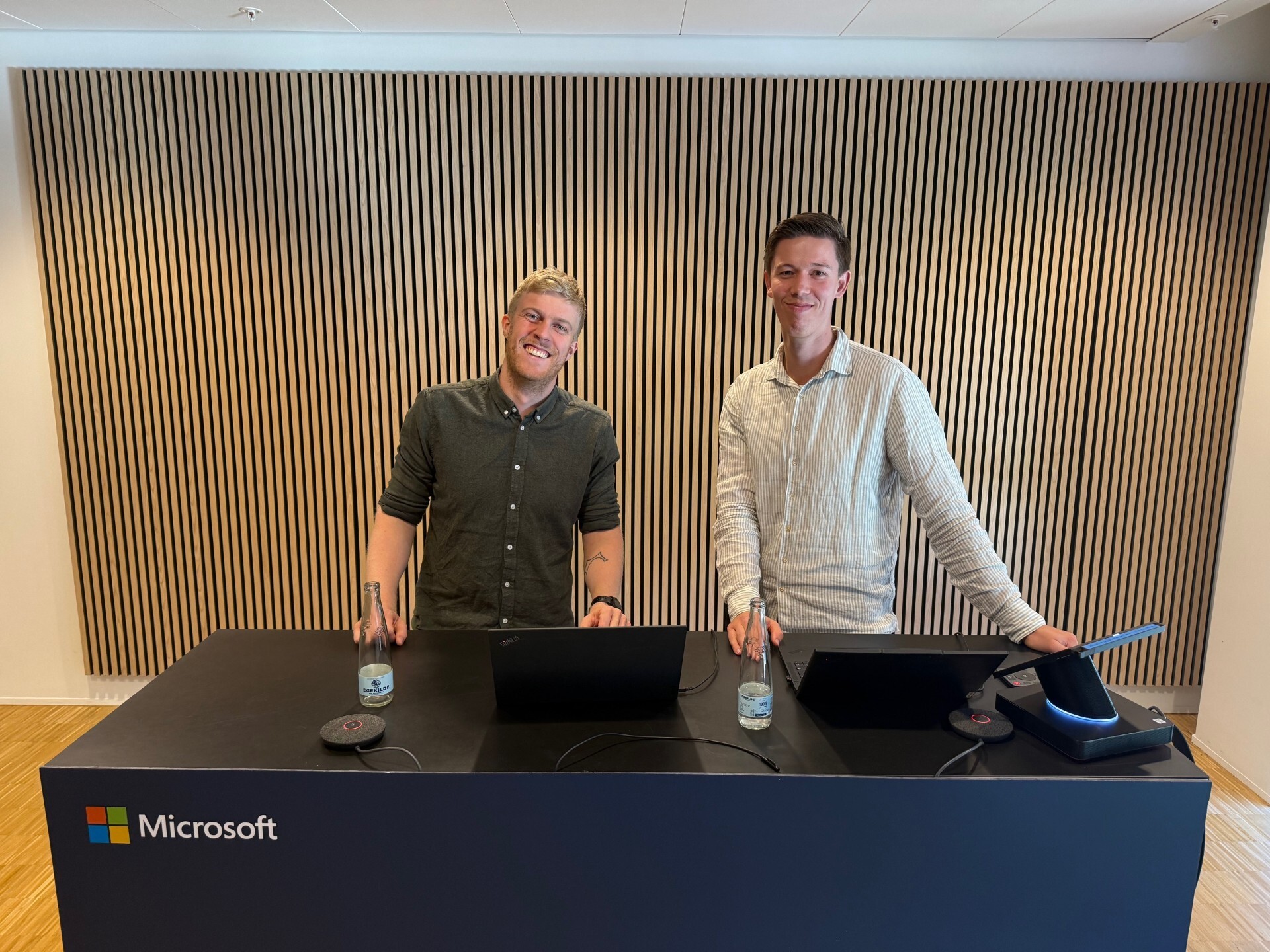
Introduktion til Microsoft Fabric
Webinar on-demand
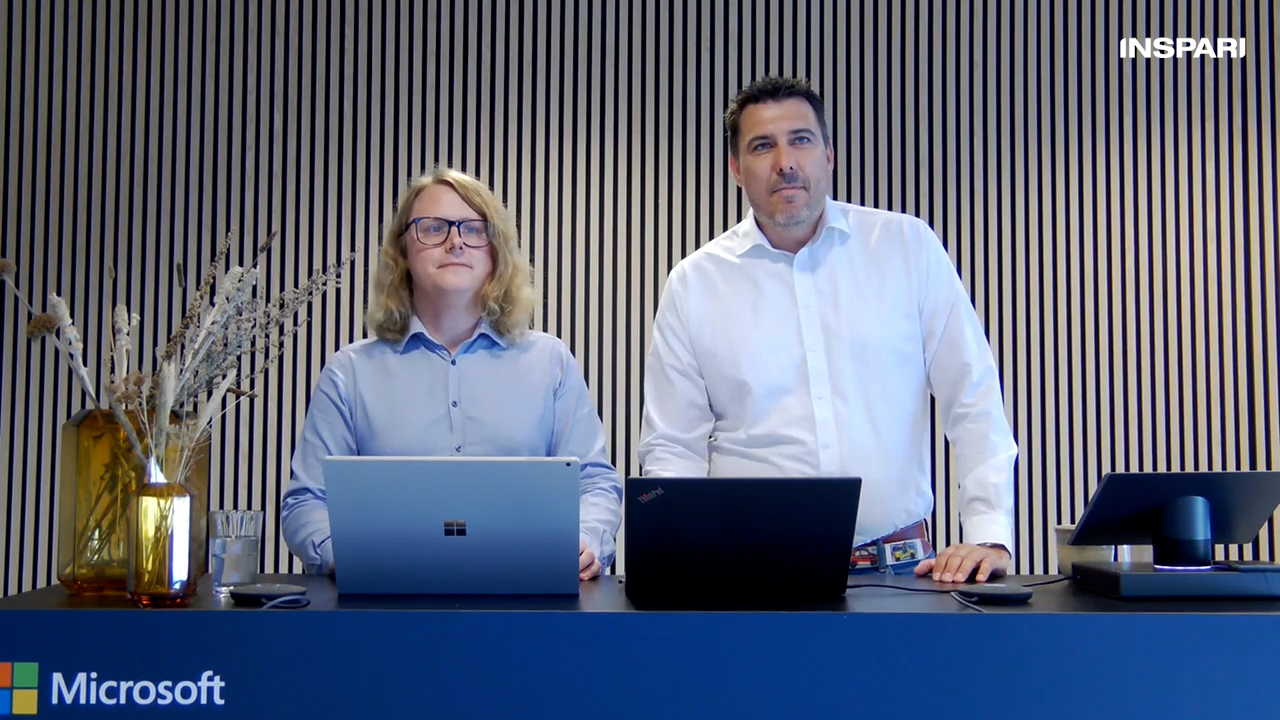
Dyk med ind i lakehouse i Microsoft Fabric
Webinar on-demand



